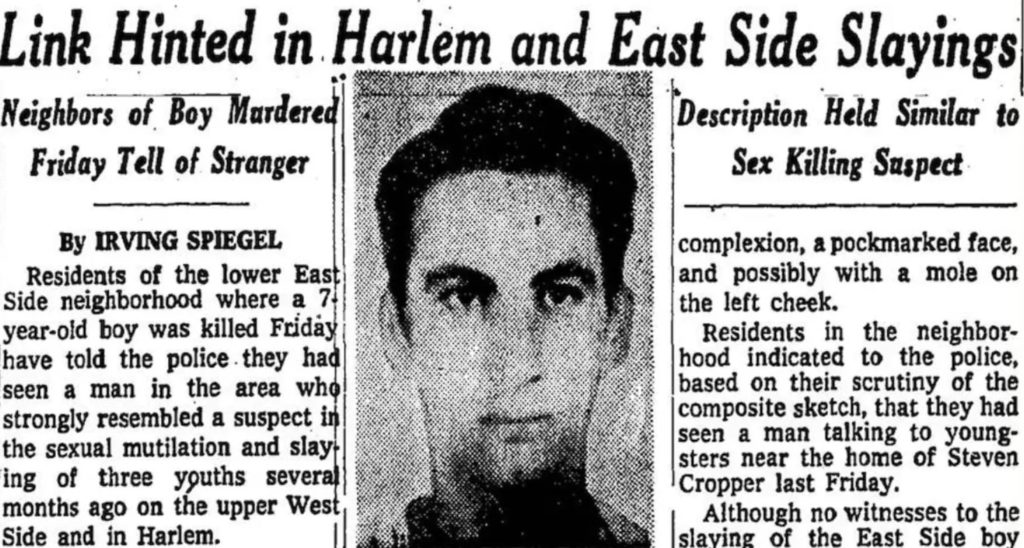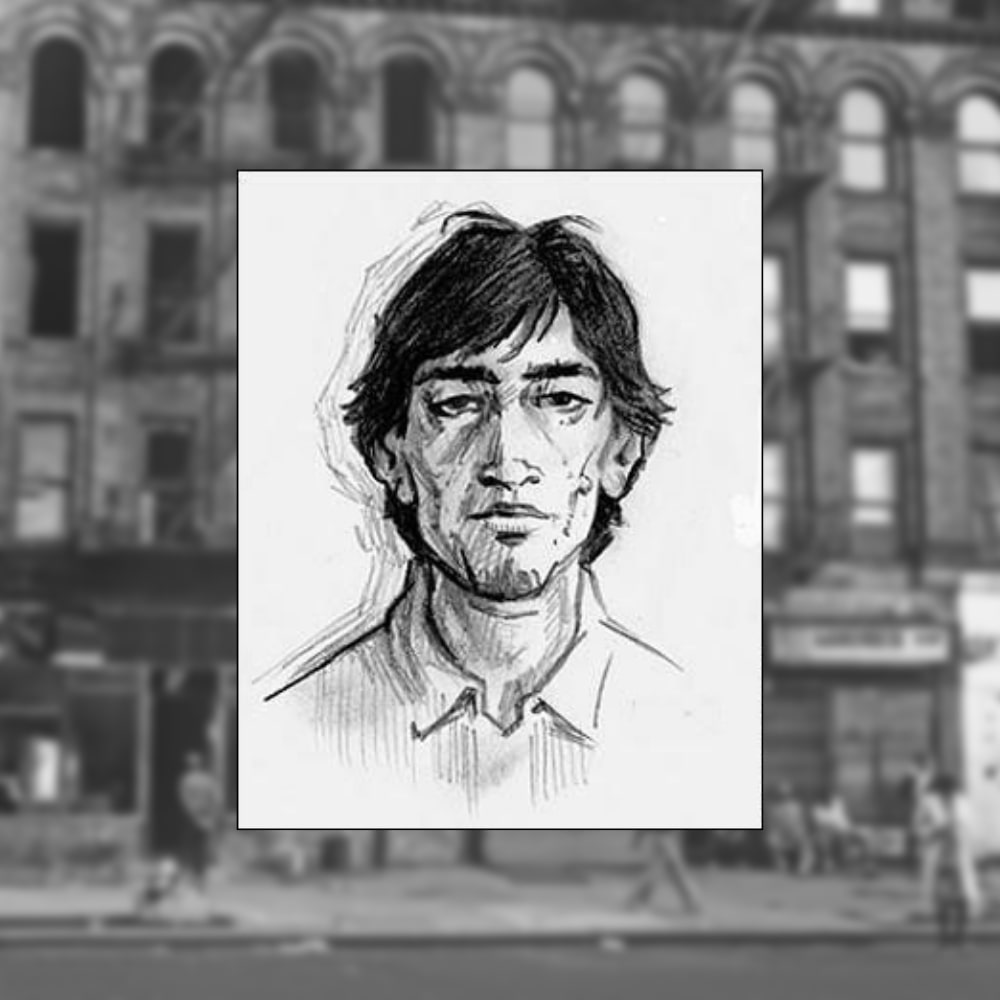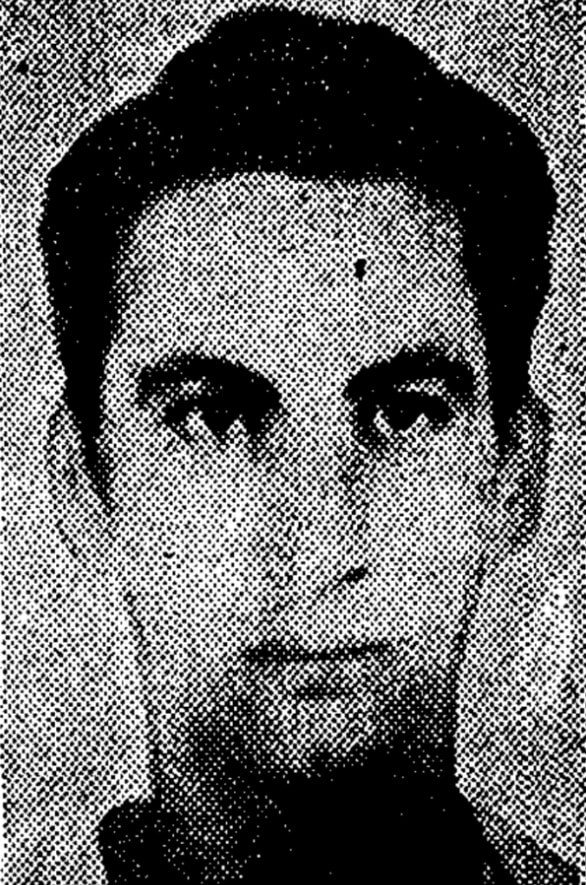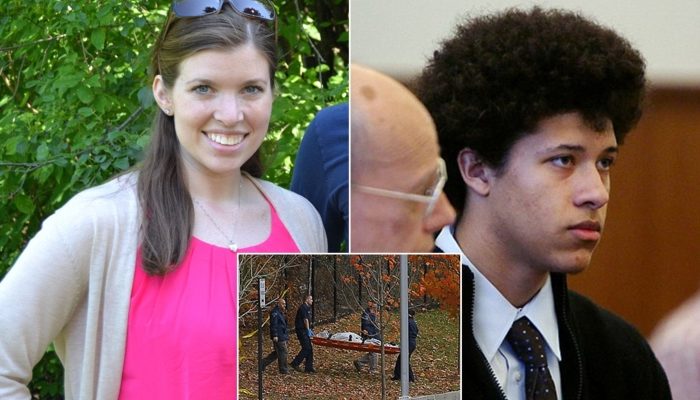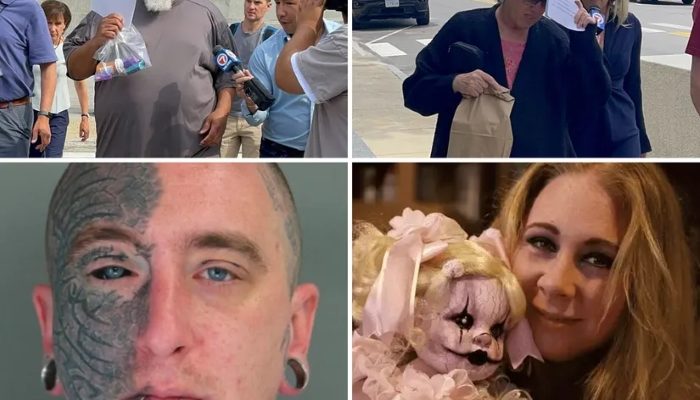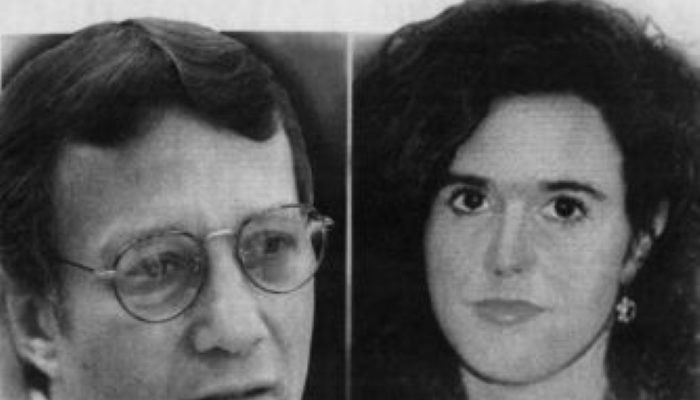Charlie Chop-off was a serial killer who terrorized the African-American and Latino communities in New York in the early 1970s. He was active from 1972 to 1974 and was responsible for the murder of at least six children aged between 8 and 10. The victims were both boys and girls, and most of them disappeared while walking home from school or playing in the streets.
The nickname “Charlie Chop-off” came from the fact that some of the victims were found with their genitalia mutilated. The killer used a knife or a razor blade to make the cuts, which added to the horror of the crimes. The authorities were initially reluctant to acknowledge that the murders were connected, but the community recognized the pattern and began organizing themselves to protect their children.
1. He was a dangerous man;
Despite a massive manhunt and the involvement of the FBI, the killer was never caught. Several suspects were questioned and released, and some false confessions were reported, but Charlie Chop-off remained at large. The case was finally closed in 1993 due to a lack of progress.
The murders left a lasting impact on the affected communities, who already suffered from poverty, discrimination, and police brutality. The fear and mistrust generated by the killings exacerbated the existing social tensions, and the lack of justice and closure added to their trauma.
2. The identity remains unknown;
Although Charlie Chop-off’s identity and motives remain unknown, his deeds embody the worst aspects of human violence and a systemic failure to protect the most vulnerable members of society. The case remains a mystery and a grim reminder of the need for social justice and collective action against crime.
The case of Charlie Chop-off is one of the most chilling unsolved murder cases in New York history. The name refers to a notorious serial killer who preyed on African-American and Latino children in the early 1970s. Although the killer is believed to have murdered at least six children, they have never been identified or apprehended, and the case remains unsolved to this day.
3. When did it begin?
The murders began in 1972 and continued for approximately two years. Each victim was mutilated, and some of the children’s genitals were severed. The intensity and viciousness of the killings sent shockwaves through the community, and parents were terrified to let their children play outside or walk to school. Law enforcement officials were initially hesitant to acknowledge that the murders were the work of a serial killer, which contributed to the fear and mistrust of the communities most affected by the crimes.
Despite a massive manhunt, an exhaustive investigation, and the assistance of the FBI, the killer was never identified. Several suspects were questioned, and some even confessed, but none were charged with the murders. Over the years, the case generated various theories and rumors, from the belief that the killer was a former mental patient to the possibility that they were a law enforcement officer.
4. Un mystery;
Despite the passage of time, the Charlie Chop-off case remains a mystery that has haunted the families of the victims and the communities where the murders took place. The brutality and callousness of the killings, coupled with the lack of justice for the victims and their families, have left deep scars on the affected communities that resonate to this day.
Many theories have been posited, and countless efforts have been made to solve the case, from media coverage to community-led investigations. Still, the killer remains at large, and the case remains a cold one. The Charlie Chop-off case stands as a stark reminder of the horrors that can occur and the essential need for justice in our society, especially for the most vulnerable among us. We can only hope that someday, justice will come to the victims and their families so that they can find some closure and peace at last.
Summary;
Despite a massive manhunt, an exhaustive investigation, and the assistance of the FBI, the killer was never identified. Several suspects were questioned, and some even confessed, but none were charged with the murders. Over the years, the case generated various theories and rumors, from the belief that the killer was a former mental patient to the possibility that they were a law enforcement officer.
The murders left a lasting impact on the affected communities, who already suffered from poverty, discrimination, and police brutality. The fear and mistrust generated by the killings exacerbated the existing social tensions, and the lack of justice and closure added to their trauma.
Read More: Wendi Andriano- Women on Death Row in the United States;

